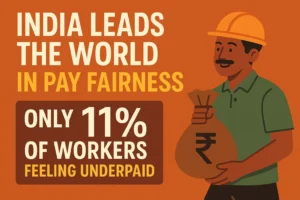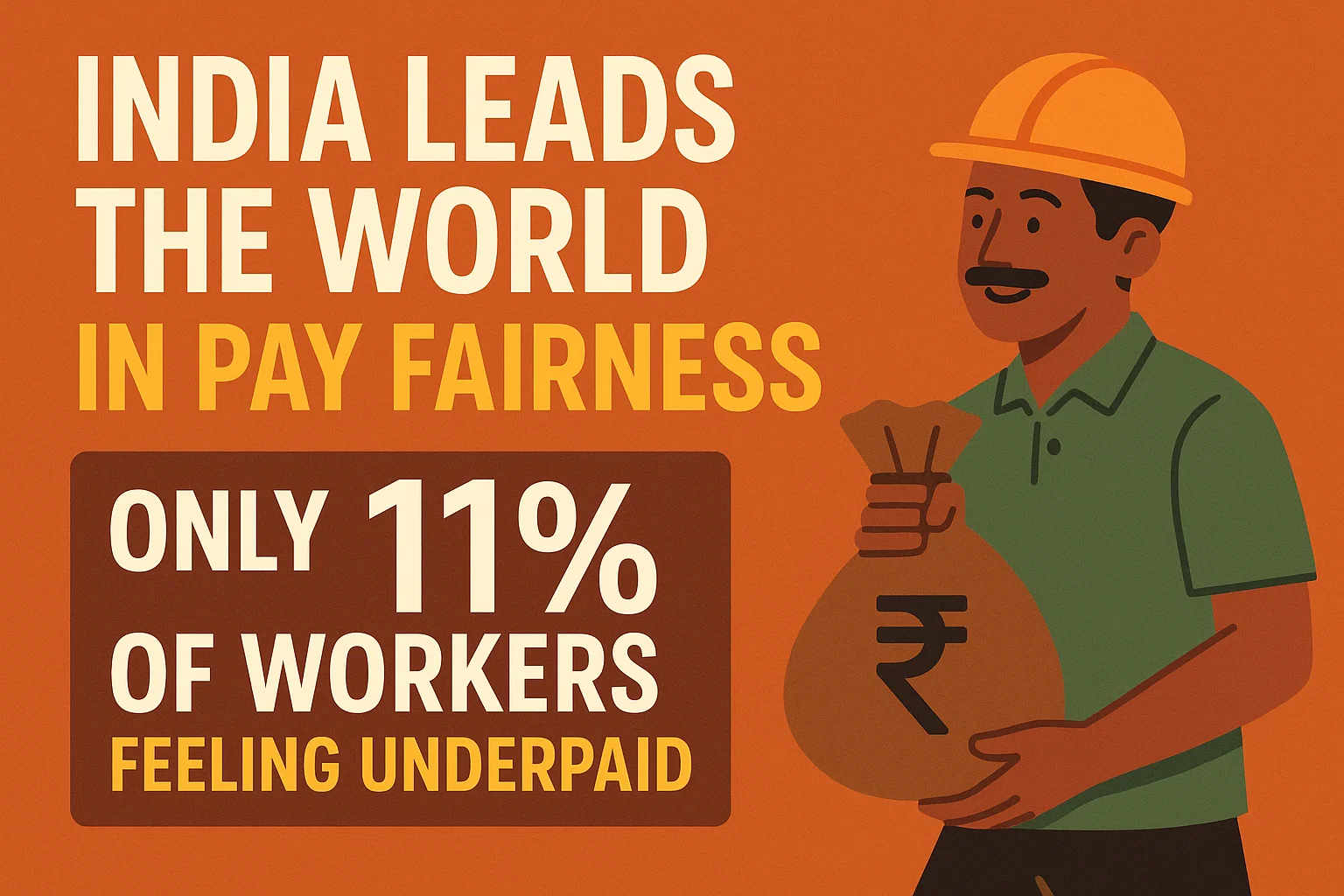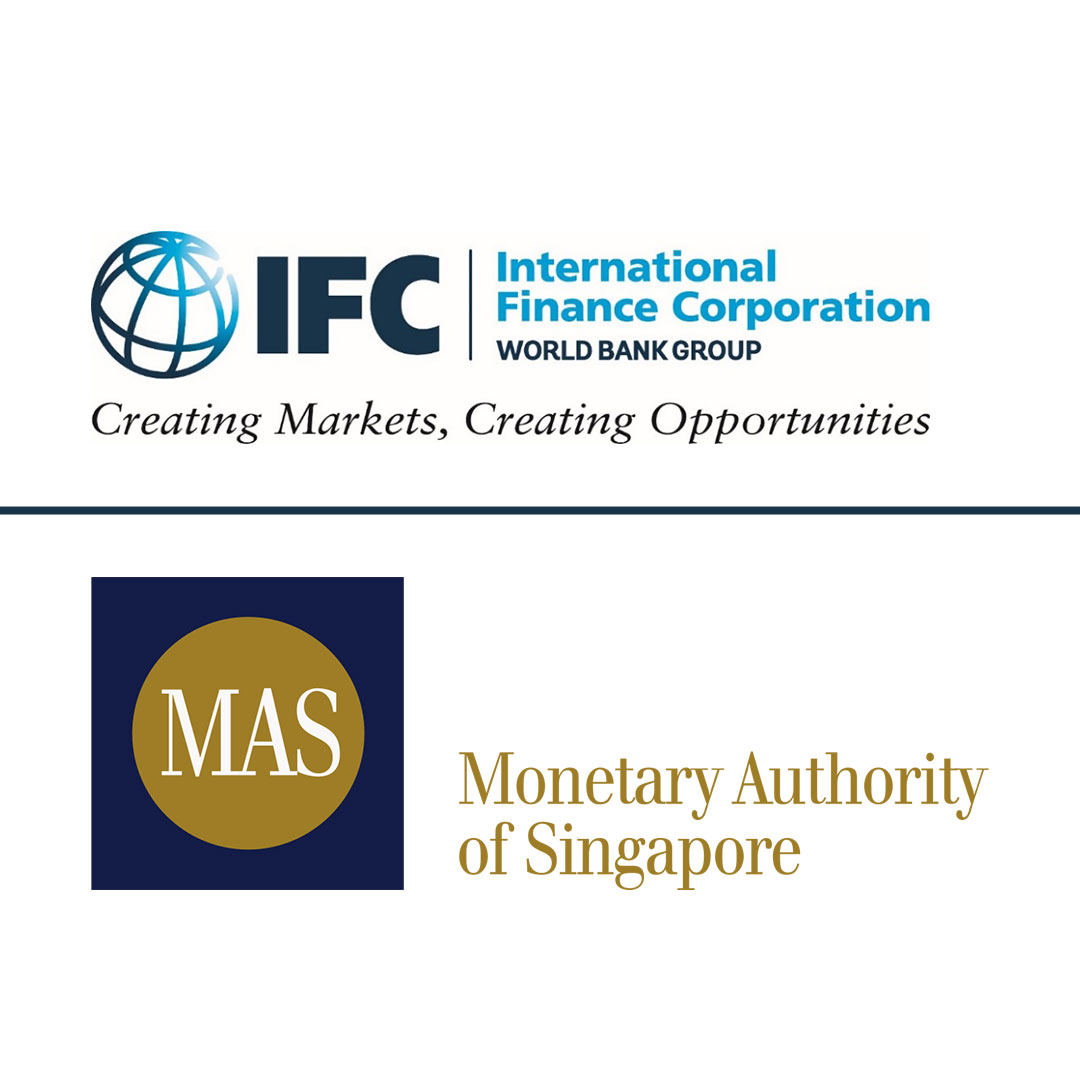
India has ranked first globally in pay fairness, with only 11% of workers reporting dissatisfaction with their compensation, according to ADP’s “People at Work 2025: A Global Workforce View” report. The survey, which covered 34 countries, highlights India as a standout in perceptions of equitable and transparent pay practices, even as many developed economies continue to grapple with widening pay gaps.
Globally, employee perceptions of fair pay have improved, with the share of workers who believe they are underpaid dropping from 31% in 2024 to 27% in 2025. However, disparities remain stark across markets — 45% of South Korean and 39% of Swedish employees expressed dissatisfaction with their pay.
India’s strong performance is underpinned by improvements in workplace equity, data-driven compensation models, and increased salary transparency, particularly in technology and professional services sectors. The report also noted a gender parity reversal, with 12% of Indian men and 9% of women feeling underpaid — contrary to global trends where women typically report higher dissatisfaction.
Generational differences were evident: 13% of workers aged 18–26 felt undercompensated, compared with only 5% of those aged 55 and above, reflecting differing expectations among younger professionals.
Rahul Goyal, Managing Director of ADP India and Southeast Asia, commented, “Fair pay is more than a compensation conversation; it is a trust conversation. When employees believe they are paid fairly, they are more engaged, motivated, and loyal.”
The findings align with recent Deel data showing near parity in median annual salaries for men and women in India, ranging from $13,000 to $23,000. Analysts attribute India’s success to rapid job creation, competitive salary benchmarking, and growing adoption of equitable pay frameworks by both multinational and domestic employers.
As India continues to prioritize transparency and inclusivity in compensation, it is increasingly viewed as a model for fair pay practices among emerging markets.




